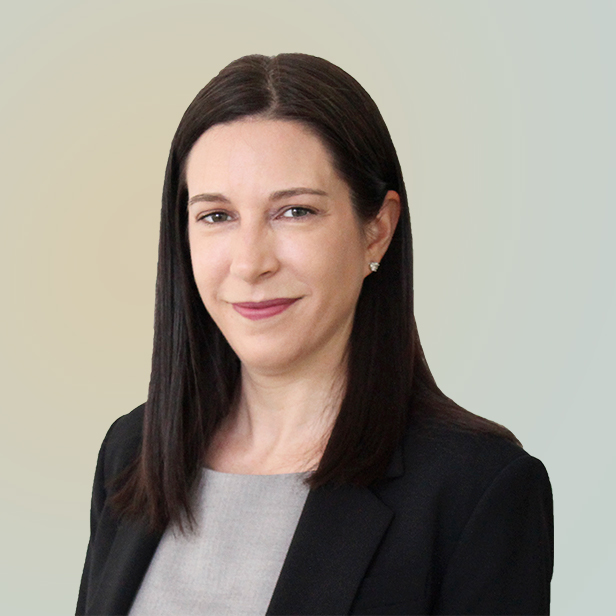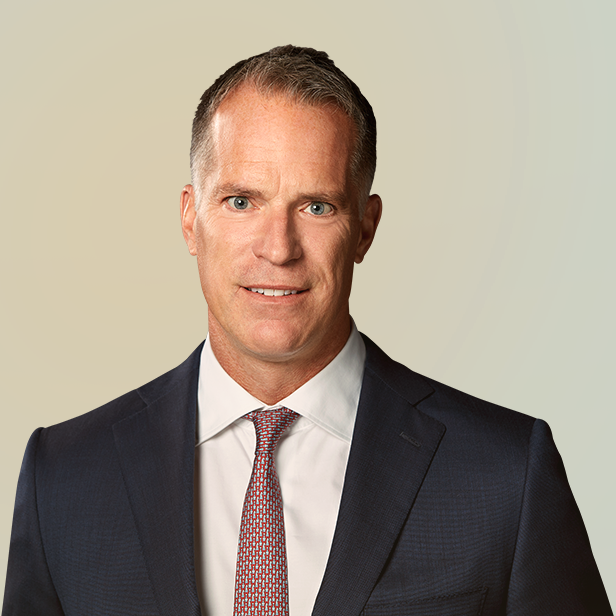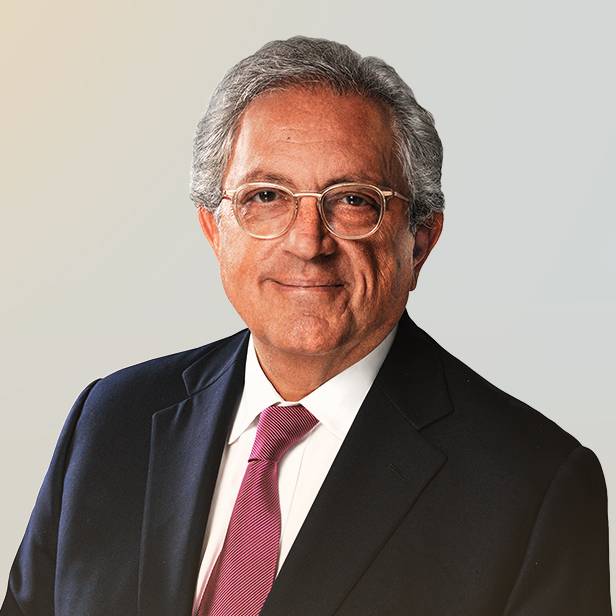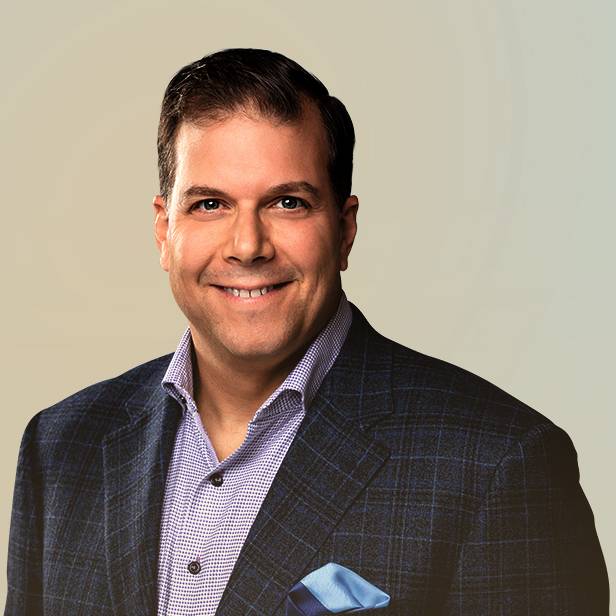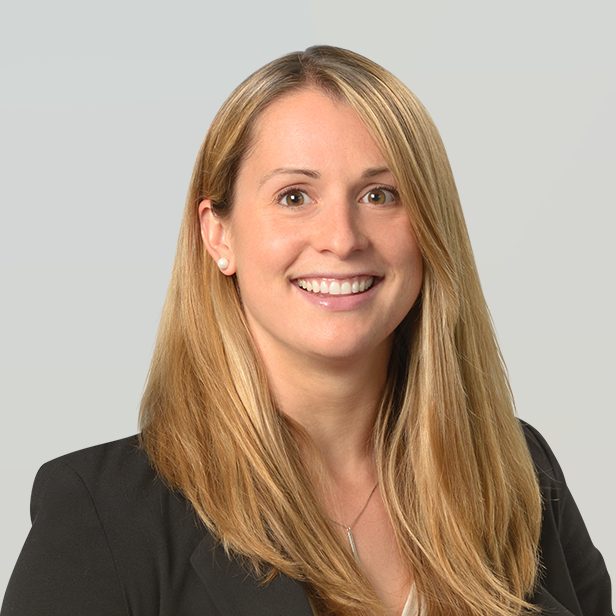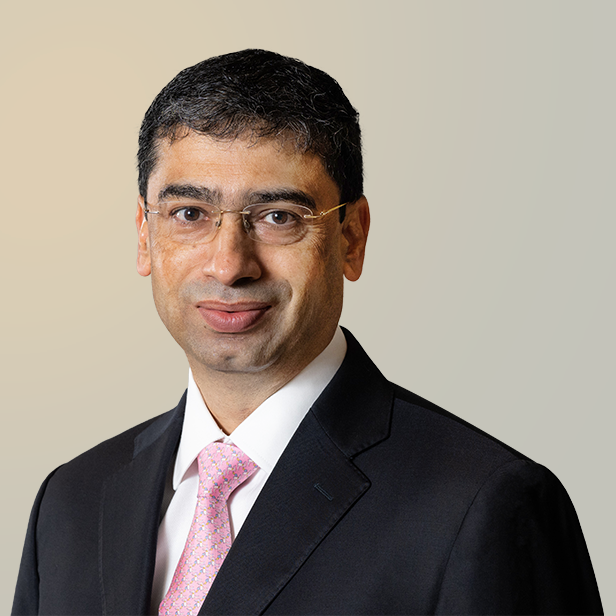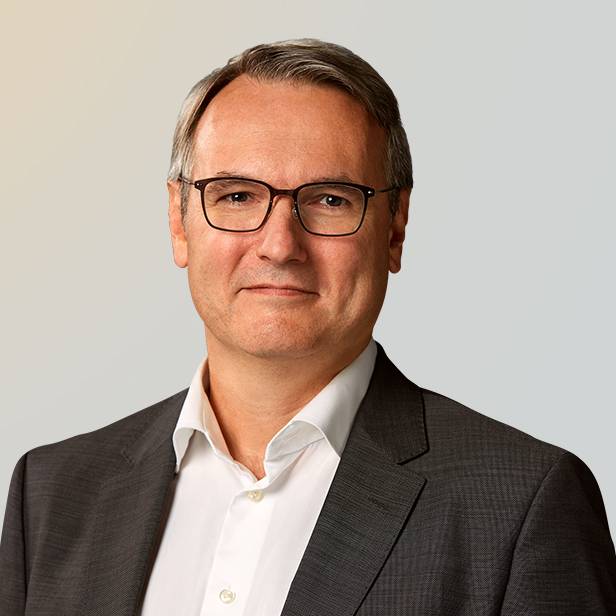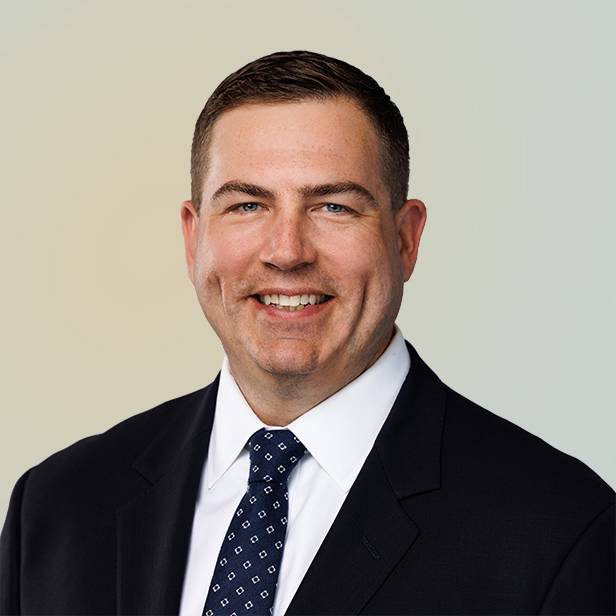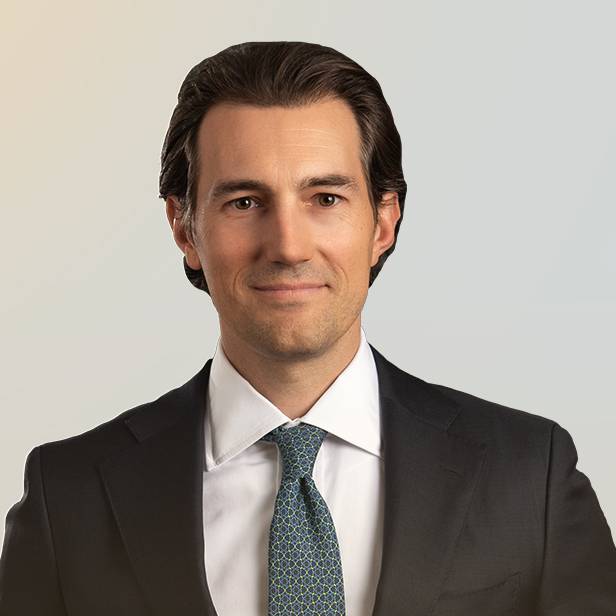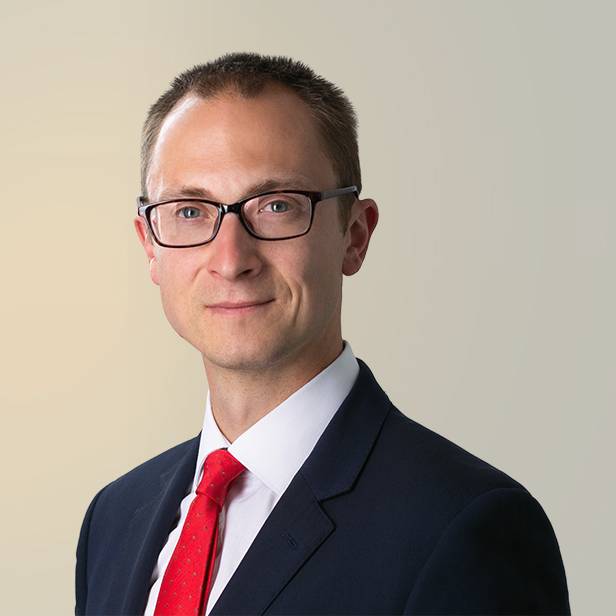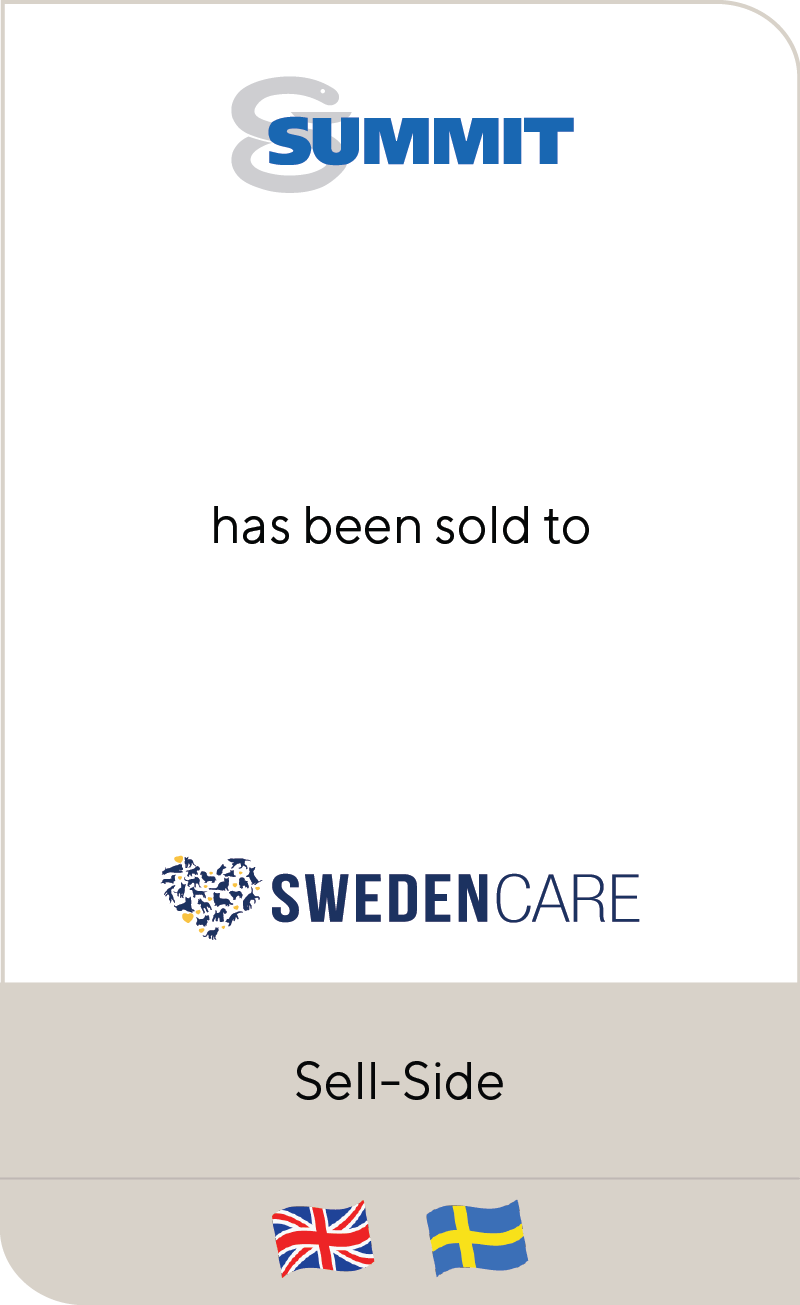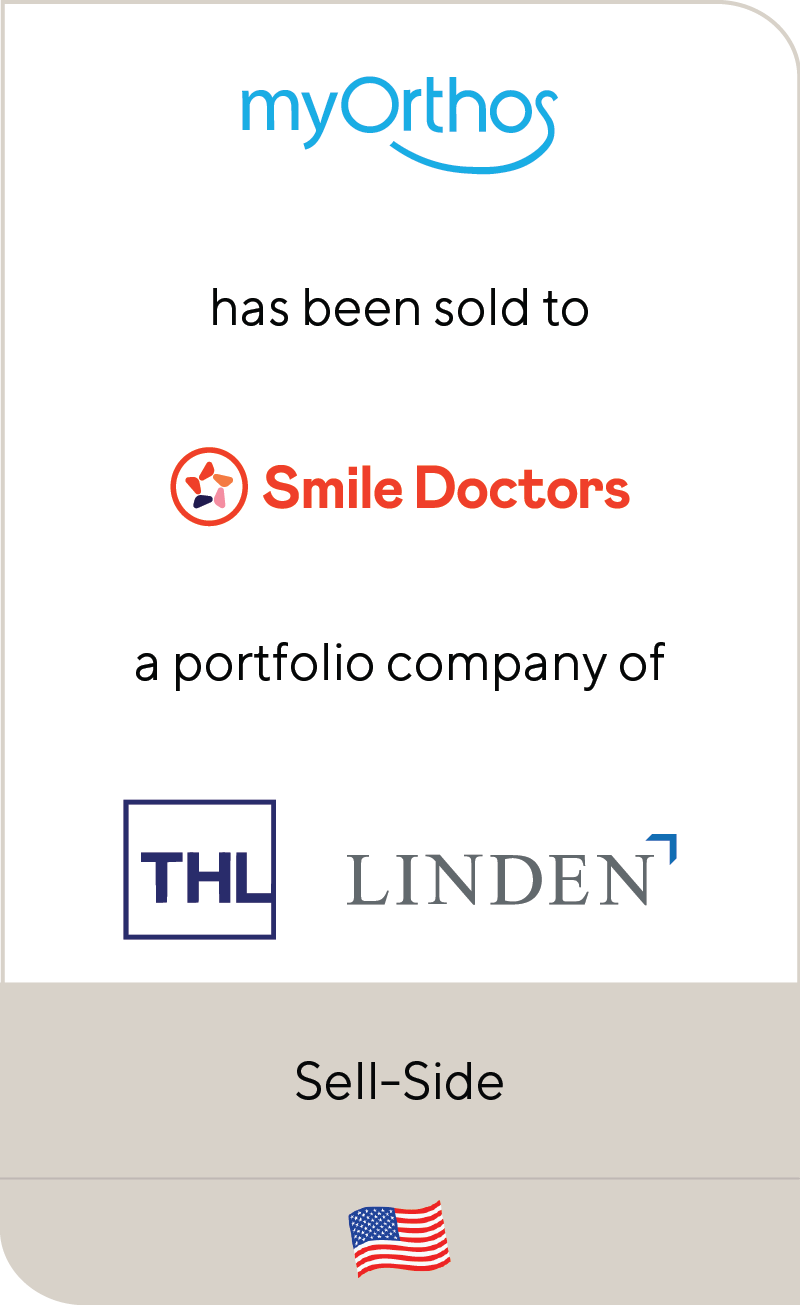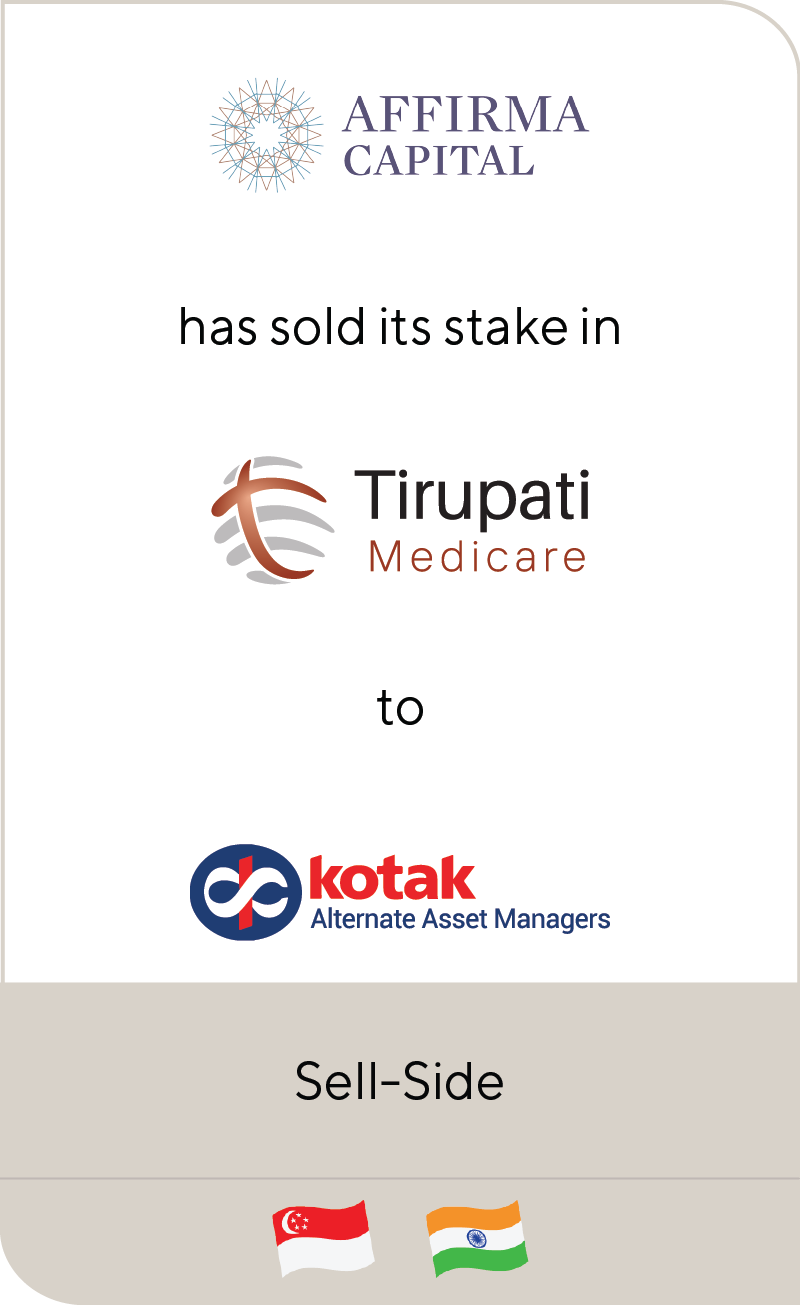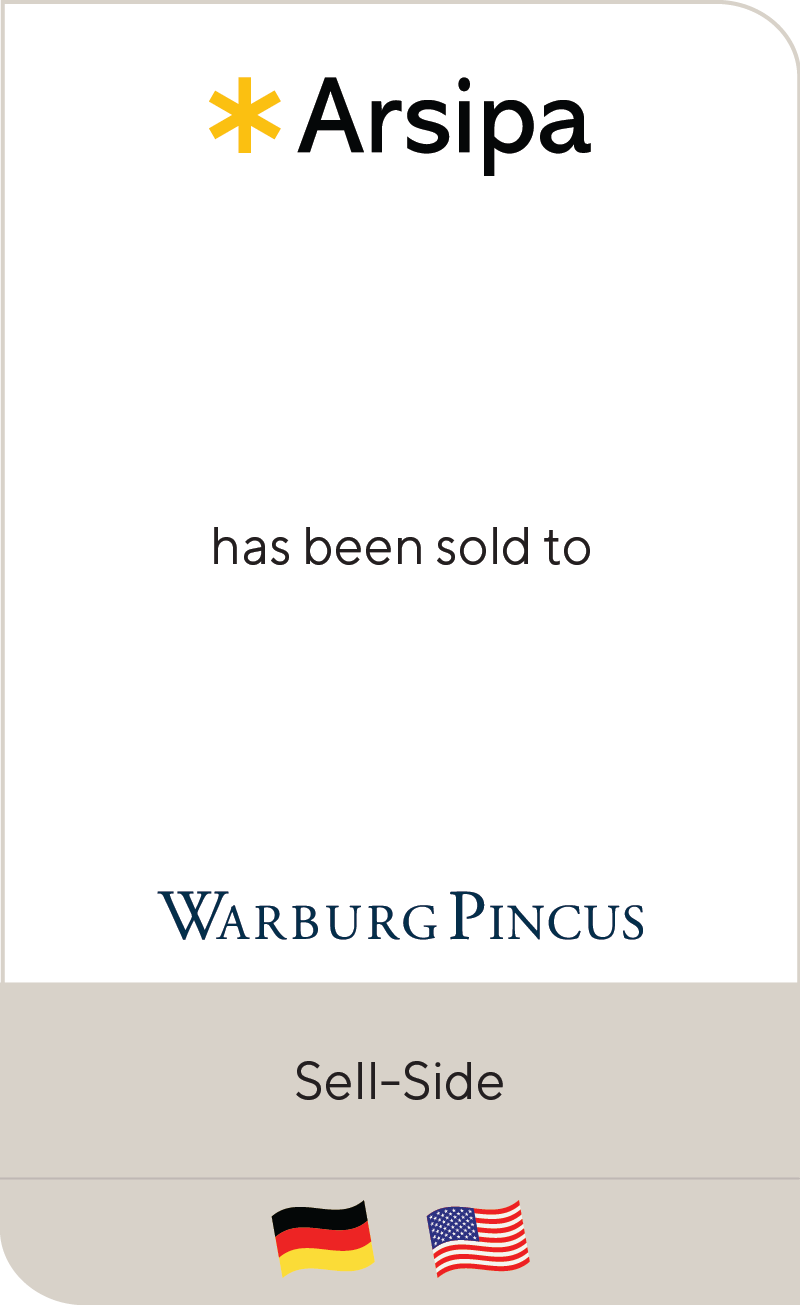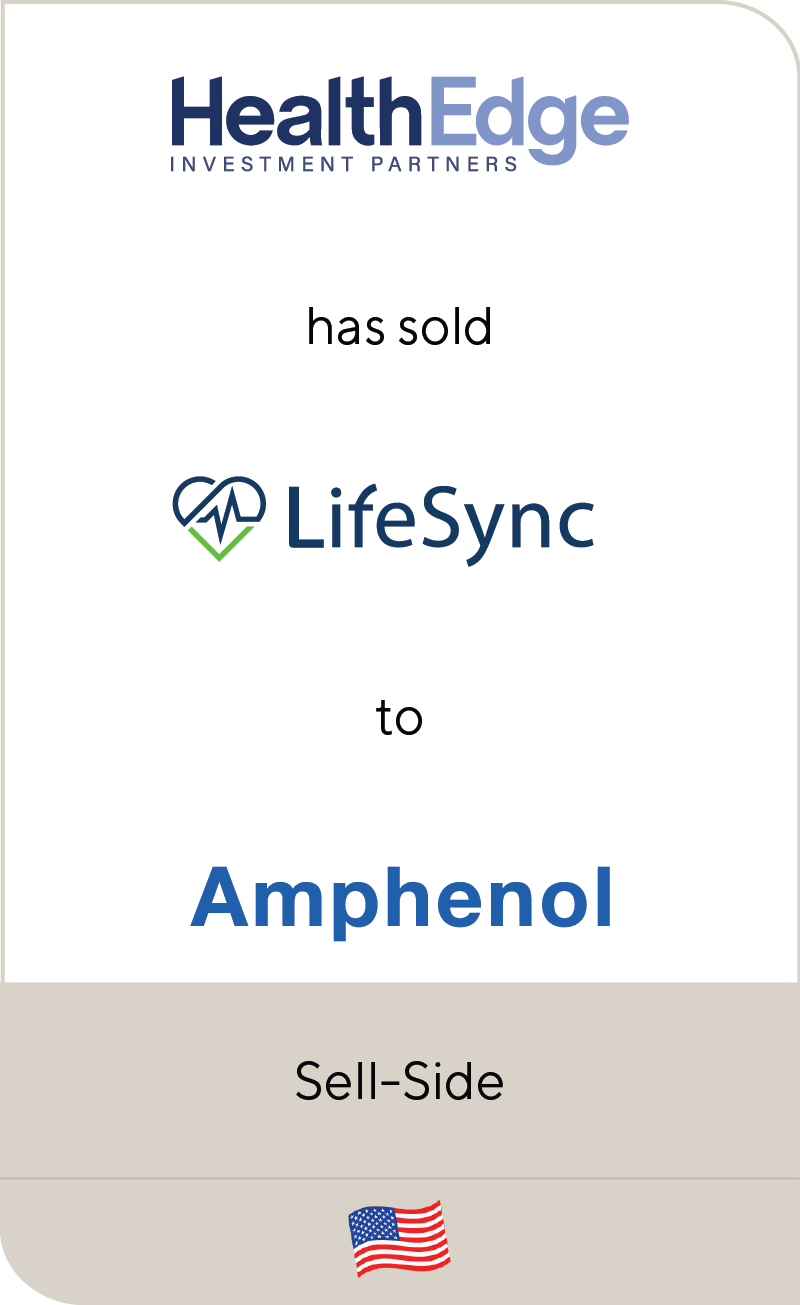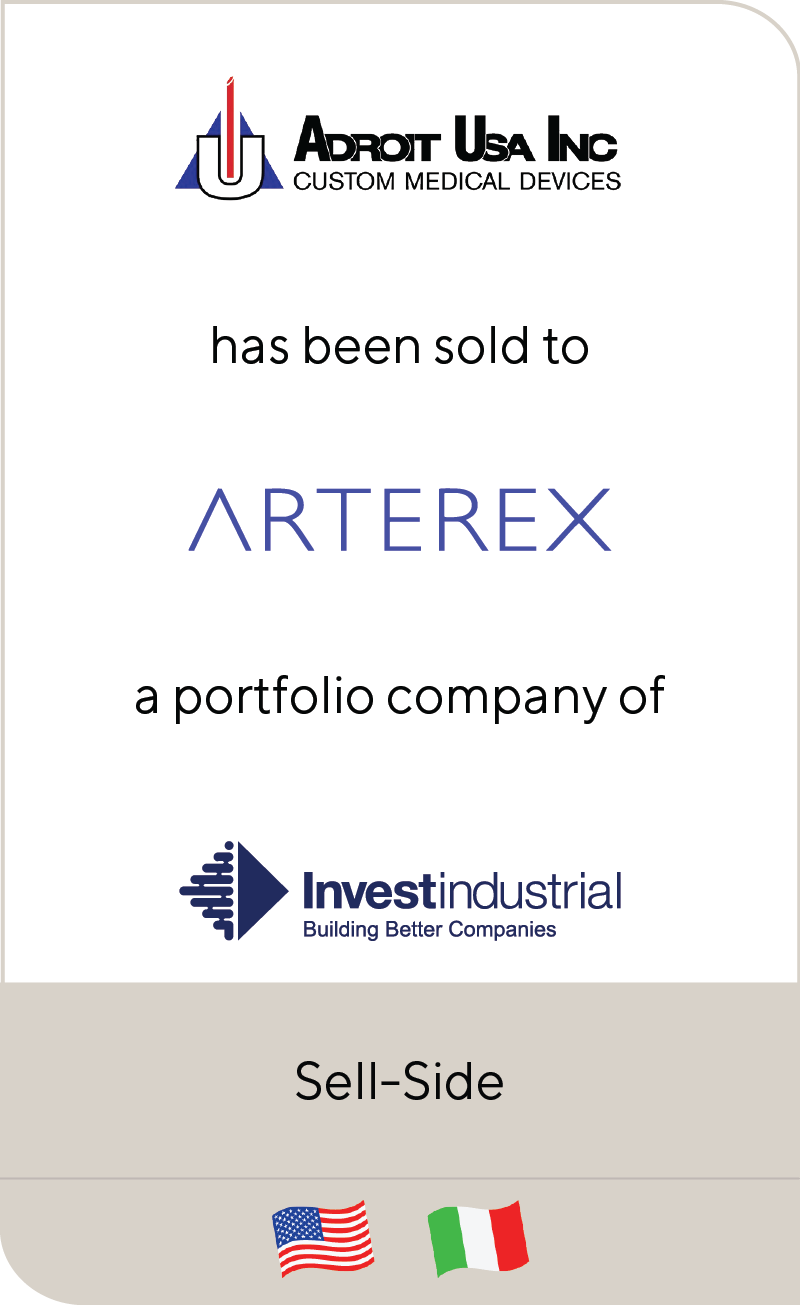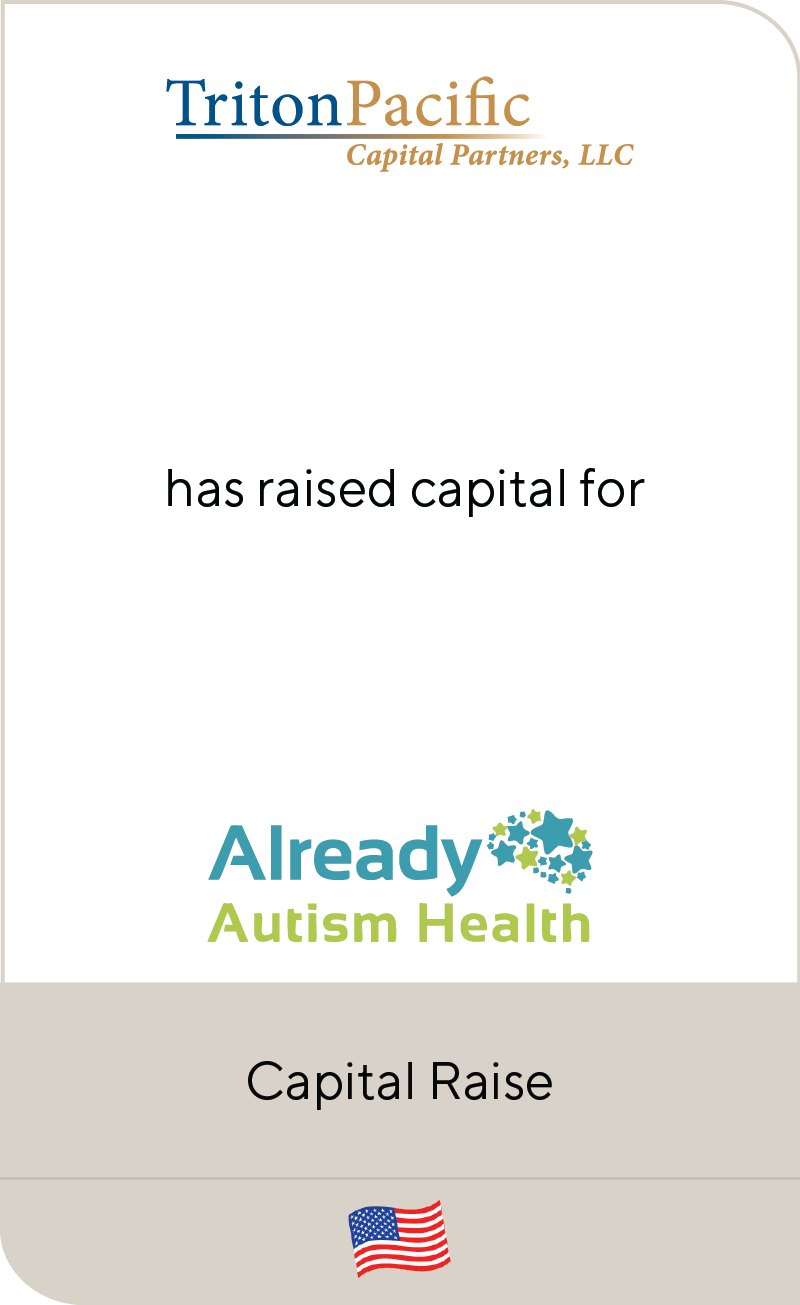Q&A with Lincoln’s Newest Healthcare Managing Directors: Unpacking Market Dynamics & Deal-making for the Months Ahead
In summer 2020, Lincoln International welcomed three healthcare Managing Directors – Dirk-Oliver Löffler, in Germany, Roddy O’Neill, in New York, and Emily Wildes, in Chicago. Their arrival complements a global team of over 30 senior healthcare professionals across the U.S., Europe and Asia.
Dirk, Roddy and Emily recently convened to discuss developments in their respective areas of focus and recommendations for investors and healthcare business owners as they navigate headwinds and tailwinds brought on by the COVID-19 pandemic.
COVID-19 has adversely impacted some areas of the healthcare landscape, while creating ample opportunities elsewhere. What do you see as the greatest headwinds and tailwinds brought on by the pandemic?
Emily: There have always been areas within healthcare services that were assumed to be “fail safe.” But many of these businesses, like dental service organizations, were hit the hardest during COVID-19. An output of the pandemic is that investors are doing a dramatic reevaluation of what businesses are safe and defensible during a downturn. On the other hand, businesses that were able to grow straight through COVID-19 are going to reap a premium valuation relative to pre-COVID levels.
Roddy: Exactly—if you were hurt by the pandemic, your multiples are certainly contracting. But if you performed during this pandemic, your multiples have climbed even higher. For example, in animal health, we thought multiples could not get any higher. But now they are increasing because of how well those businesses fared during the pandemic.
Dirk: We see high valuations for businesses which have some sort of tech-enabled services angle—these businesses built positive momentum coming from the pandemic. For provider businesses, it is a complex and evolving story; we still see high multiples for platforms, but investors get a bit more cautious in identifying the right basis to put the valuation on. In March, April and May, elective medicine had seen some push-back as patients sheltered at home, but it is picking up again. That said, there are question marks that remain around how resilient businesses truly are. Investors want to know what might happen in a second lockdown, for example.
What about in the U.S.? Do you expect that provider businesses that saw contraction in terms of elective care during the peak of COVID-19 will come back? Have they already come back?
Emily: For the most part, procedures and visits are just being deferred. Unless you had a fundamental issue where you missed a large chunk of revenue (for example, patients are likely not going to in for an extra dental cleaning in the back half of the year, because they missed their 6 month visit), provider businesses with deferred procedures will largely be fine. Sellers think about their businesses as being at the point where they could potentially transact again once they achieve 90% of their pre-COVID levels. However, if a business took a precipitous dip during COVID-19, that is certainly going to be factored into valuation.
There’s going to be some wishful thinking among sellers – if you had a business that was disproportionately affected by COVID-19, you are likely going to hold that asset to figure out whether we are going to see a second (or third) wave. If you were to take those businesses to market now, you would see a negative impact on valuation.
What areas of investment within healthcare do you believe will be the most active during COVID-19 and beyond?
Emily: Animal health has the benefit of being tremendously recession resilient, which we have seen through the pandemic. The human-pet bond is rapidly expanding—20 years ago people used to chain their dog outside, and now everybody lets their dog come to brunch with them in a purse. The propensity to humanize a pet in that fashion results in pet owners willing to spend significantly on that pet to keep it healthy. This shift is creating a great deal of opportunity for investors.
In addition, the sophistication of veterinary medicine has converged with that of human medicine. We have seen an uptick in specializations like ophthalmology and dermatology for dogs and cats. We are focused on finding ways to play that end market aside from direct provider clinic businesses. We expect to continue to see animal health as a rising star of the healthcare services universe.
Roddy: I expect private equity firms to continue to get more creative. It is a very competitive market to find assets to buy right now, and private equity firms are tired of paying 18-22x EBITDA for businesses. One example of a creative route: PE investors are observing large public companies that are being left behind in this climate because their business models are not set for today’s world. The smart private equity firms understand that as deals become even tougher to find in the next 12 months, they can identify the pieces within large companies that aren’t doing well, and they’ll either buy the whole company or carve out a part of that company.
Dirk: From a European perspective, in the provider and related services space, sponsors are getting more and more excited about creating scalable platforms—not only locally, but also across borders in Europe. Buyers are building out their platforms and shipping in adjacent businesses, creating something new and valuable in the market. In Europe, we are also seeing larger deals with more consortium-like, sponsor-driven events where buyers will team up.
What should investors pay attention to as the population ages, driving higher demand for healthcare? How has COVID-19 impacted community-based care?
Emily: There has been a trend in the United States for some time of people moving away from residing in nursing homes. Seniors are looking to be able to “age in place” and live in the home setting for as long as possible. It’s been proven that care in the home setting, as opposed to assisted living or a nursing home, tends to stave off cognitive decline and lead to a better quality of life, and it is surely more cost-effective for the system. Because some of the worst outcomes from the pandemic are stemming from nursing homes, as well as the negative social impact of seniors who were separated from their families, we expect to continue seeing declining residencies in nursing homes as people favor home-based care.
Dirk: There is a lot of consolidation going on in the elder care space across Europe. We have seen a rise in campus life, where patients can find stationary care, ambulatory care, intensive care and more—all in one assisted living setting. We see larger, pan-European platforms evolving these days, and they are beginning to look outside of Europe for targets as well. We have local champions that evolve into pan-European champions that then invest abroad. Some platforms in Europe are investing in China already, where demographics and quality of life are driving business.
Anxiety, depression and addiction have increased during the pandemic. Are behavioral health providers seeing a boost in investor interest as a result?
Emily: If you have an addiction to drugs or alcohol, it is likely to have gotten worse during the pandemic. We have also seen an uptick in overdose deaths, particularly from opioids. These people are likely to seek treatment in the coming months, and it will benefit outpatient models—people do not want to reside in an inpatient substance abuse facility for 30 days during the pandemic. This is likely to drive investment interest in the sector.
Dirk: In recent years, society has changed its view on mental health and addiction. In Germany, there is more openness to being in an inpatient facility, and there is a readiness to provide the treatment patients need. We see more facilities arising in the market, creating clear opportunities for consolidation. Many of these players across Europe are PE-backed, and there is a very mature, developed market in the UK. Generally, care clinics have some sort of mental health business, but I also anticipate more and more specialist firms coming to market in the next several months.
For buyers planning on making acquisitions in healthcare in the near term, what attributes make the most attractive targets right now?
Roddy: Growth is always the most important thing. You need to be able to have different levers that you can pull to drive growth. You must have healthy margins on your business, and you must have a strong management team who is nimble, understands the business and has had a history of successful acquisitions. You must have performed well during the pandemic or made adjustments to your business in light of the pandemic.
Lastly, people are always looking ahead. While they might be buying a company today, they are always thinking about the next exit possibility in three to five years. They want to understand what they can do with a business to make it attractive to future strategic buyers.
Emily: Along those lines, strategics did not come out of the pandemic as quickly as private equity in terms of an appetite to make acquisitions. We are going to get there; but, at the moment private equity has this money that they are required to deploy, whereas strategics are in capital preservation mode. If we have a second lockdown, strategics need to be a bit more judicious with their cash spend.
Dirk: There is a lot of pressure on private equity across Europe given there is so much money to deploy. For them, it is more about finding the right attractive assets. Strategic buyers these days are saving their war chests for really interesting opportunities, so in German-speaking countries, there is certainly more PE activity going on—whether it be buying from another fund or even finding single entity fund solutions for a portfolio and keeping them a bit longer. M&A activity right now is a mixed bag of strategic buyers, pureplay sponsors and even new asset classes like family offices or wealthy individuals coming to market, depending on the sub-sector.
Roddy: Today, interest rates are extremely low, and the lending markets are open. If you can make an investment that is half equity and half debt, you can theoretically pay a higher price for that asset. If you are an investor today, there is no way to make a return by investing in fixed income because the rate of return is so low. The stock market has held up but could be volatile. However, private equity firms have consistently produced strong returns on their investments for the last 15 years. So, LPs will likely want to continue putting their money to work in private equity, allowing PE firms to raise bigger funds in this environment.
What shifts in the healthcare regulatory environment are you following that investors should take note of?
Emily: If you are going to invest in healthcare, you need to be able to get comfortable with changing regulatory winds. Everyone will be watching what happens with the upcoming Supreme Court case on the Affordable Care Act (ACA) and what this will do for Medicaid expansion. If the ACA is struck down, I think for the states that took the Medicaid expansion dollars, it will be very unpopular amongst constituents to remove health benefits during a pandemic (i.e., it is always easier to “give” a benefit than take a benefit away), so it will likely remain a durable source of funding.
Dirk: In Germany, there are some areas of healthcare that the political leaders do not want private equity to invest in moving forward. In some sub-verticals, it was made almost impossible for investors to buy assets without overcoming a regulatory hurdle of needing to have additional structures in place. It needs to be monitored very closely, as you might lose a large universe of potential buyers in an exit from one day to the next.
Summary
-
Lincoln International's healthcare experts discuss the impact of COVID-19 on the global healthcare market and where investment opportunities lie.
- Click here to download a printable version of this perspective.
- Sign up to receive Lincoln's perspectives
Contributors
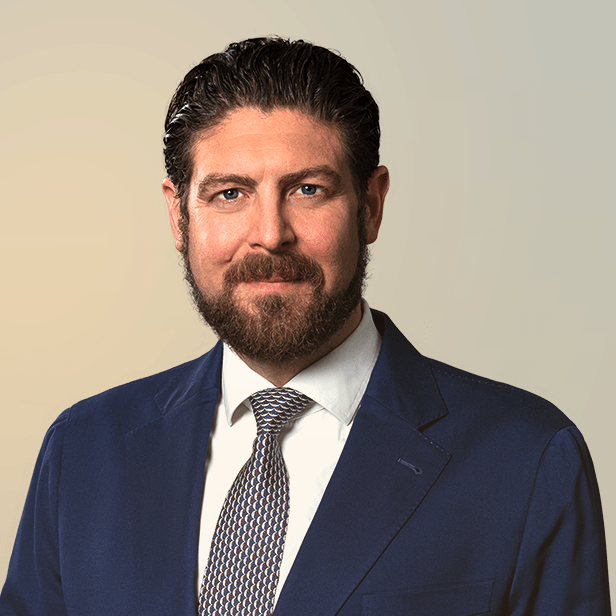
I enjoy working closely with clients to overcome challenging situations and to develop strategies to meet their business goals.
Dirk-Oliver Löffler
Managing Director & Co-head of Healthcare, Europe
Frankfurt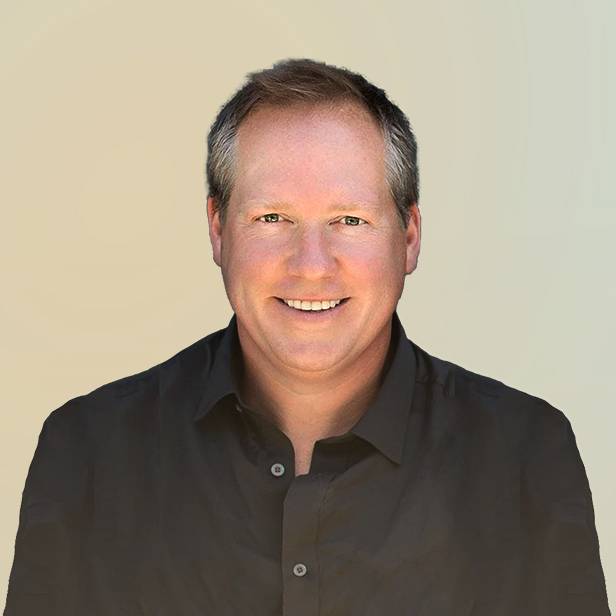
My goal is to bring the best of Lincoln to each and every transaction, ensuring the topmost outcomes for our clients.
Roderick O’Neill
Managing Director & Co-head of Healthcare
New YorkProfessionals with Complementary Expertise

It’s extremely rewarding to work in one of the largest and most diverse global business sectors helping support clients to realize their goals.
Matthew Lee
Managing Director, Head of UK & Co-head of Healthcare, Europe
London
I enjoy working closely with clients to overcome challenging situations and to develop strategies to meet their business goals.
Dirk-Oliver Löffler
Managing Director & Co-head of Healthcare, Europe
Frankfurt
My goal is to bring the best of Lincoln to each and every transaction, ensuring the topmost outcomes for our clients.
Roderick O’Neill
Managing Director & Co-head of Healthcare
New York
